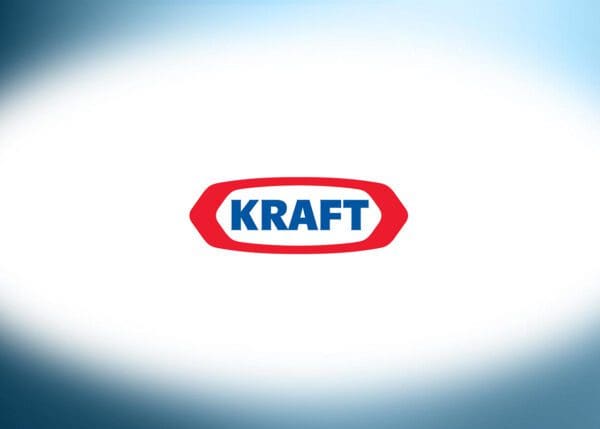01. History of Asbestos Use
Kraft Foods History of Asbestos Use
When James L. Kraft started his business in 1903, it was a wholesale cheese distributor. But in just three years, Kraft was processing its own cheese for sale to local businesses.
A series of mergers and acquisitions allowed Kraft to grow quickly. Now, from the company headquarters in Illinois, Kraft sells products in 140 countries. Today, it is the third-largest food and beverage company in the United States and the fifth-largest globally.
Kraft never manufactured asbestos products. However, the company used them. For example, the company used asbestos to insulate various equipment and buildings. As these components broke down or became worn, the asbestos may have been disturbed. As a result, workers who maintained or worked around these components may have been exposed to asbestos.
Acquisitions and mergers, like Oscar Mayer and Maxwell House Coffee Company, allowed Kraft to expand into other foods. Unfortunately, this expansion also created more areas where employees risked occupational exposure. Family members also risked secondhand exposure.
Kraft is still in operation today as the Kraft Heinz Company.
Resources for Mesothelioma Patients
02. Asbestos Products
Kraft Foods Asbestos Products
Kraft did not produce asbestos-containing products. But it did use other asbestos companies’ products that contained the mineral.
A Centers for Disease Control and Prevention (CDC) report investigated a Maxwell House Coffee Company facility in Houston, Texas. The report notes how asbestos was used as roofing fill and insulation. Abatement crews removed all the contaminated material found in the facility in 1991 before the inspection the following year.
Records show asbestos insulation was used in Kraft facilities as late as 1992. The United States does not have a total ban on asbestos, and inconsistent regulations make it possible for companies to still have or use asbestos products.
Some asbestos products used by Kraft include:
- Asbestos insulation
- Boiler insulation
- Brakes on the assembly line
- Electrical equipment
- Gaskets
- Oven insulation
- Packing materials in pumps
- Pipes
- Roofing fill
- Wallboard
03. Occupational Exposure
Kraft Foods and Occupational Exposure
Workers at Kraft may have been exposed to asbestos through boiler or oven insulation. Asbestos insulation was popular in equipment for its durability and fireproofing qualities.
For example, maintenance workers at Kraft may have used asbestos products. These products included gaskets and pipe insulation used to maintain production line equipment. Also, Kraft’s buildings had asbestos insulation. Any exposure may lead to developing asbestos diseases like asbestosis or mesothelioma.
04. Asbestos Litigation
Asbestos Litigation Against Kraft Foods
Kraft has faced mesothelioma lawsuits over claims of asbestos exposure. The cases have focused on employees and members of their families who were exposed and developed related illnesses.
In one case, a surviving husband filed a lawsuit against Kraft and Metal Masters Inc. for the wrongful death of his wife. The man claimed his wife had developed mesothelioma after secondary asbestos exposure. Her father, uncle and husband had worked at a Kraft facility and brought the mineral home on their clothes and hair. The jury awarded the man $22 million in compensation against both defendants, which included:
- $11 million for survival damages
- $10 million for wrongful death damages
- $1 million for loss of consortium damages
The jurors also determined that Kraft should pay an additional $10 million in punitive damages.
Other litigation against Kraft has resulted in compensation and other lawsuits are still in process. Compensation from litigation includes:
- An award of nearly $760,000
- An award of nearly $600,000
- An award of more than $460,000
If you or a loved one developed a disease as a result of Kraft’s asbestos use, you may also be eligible for compensation. Experienced mesothelioma lawyers can help determine available options and help you secure compensation.




